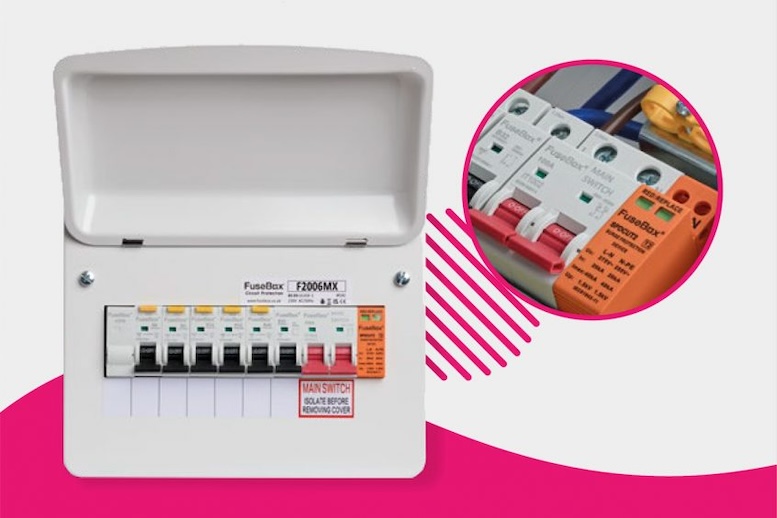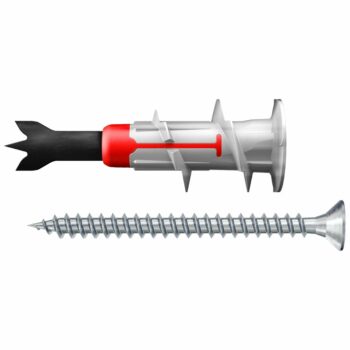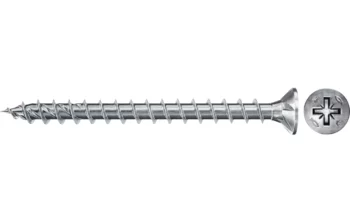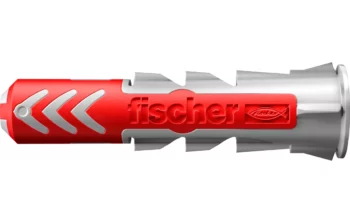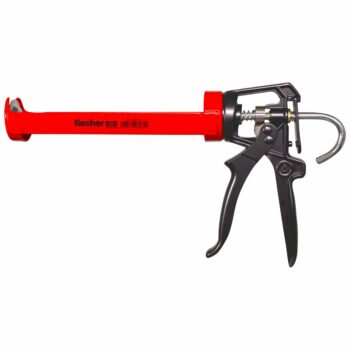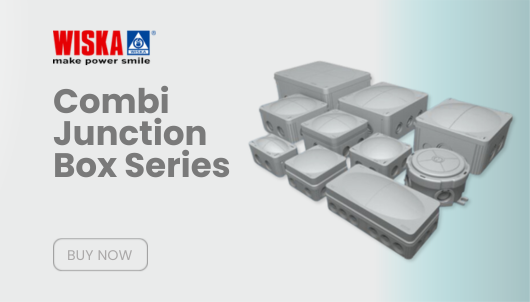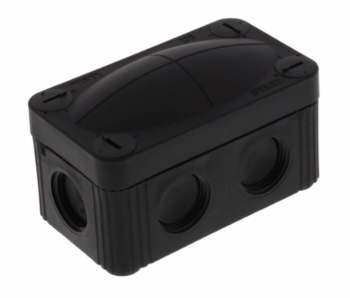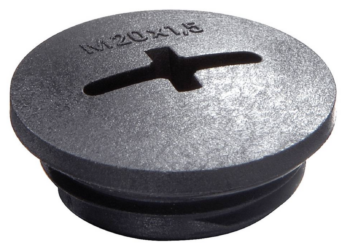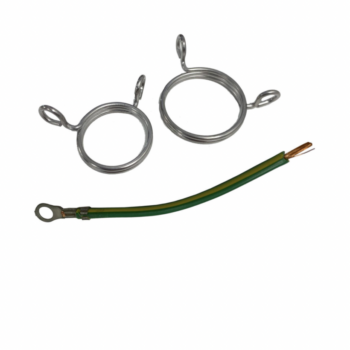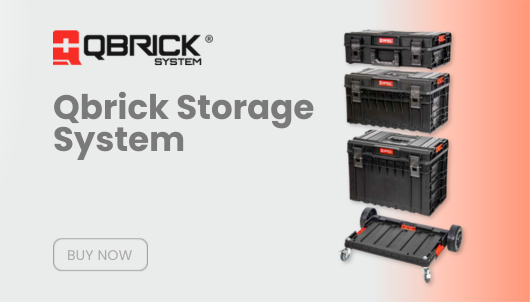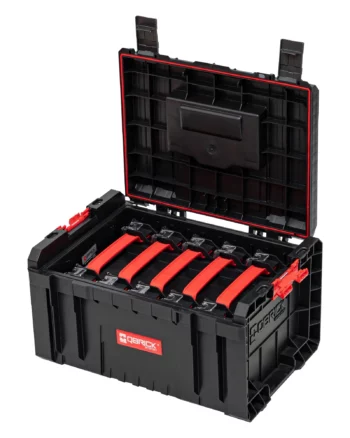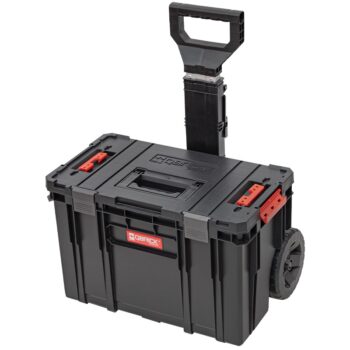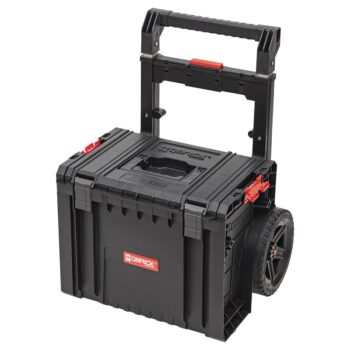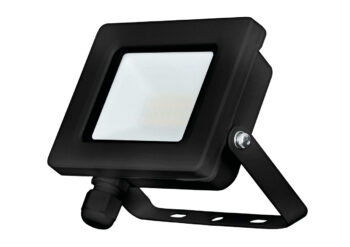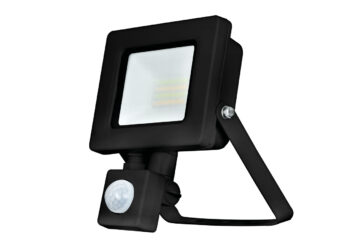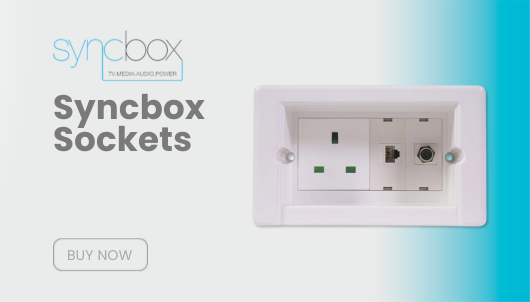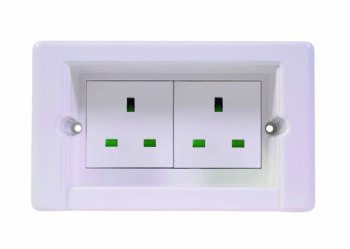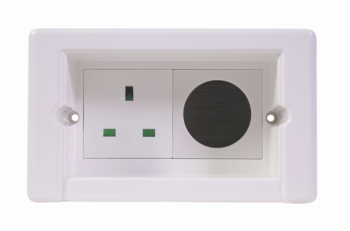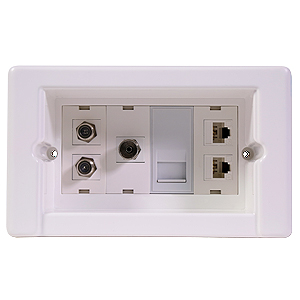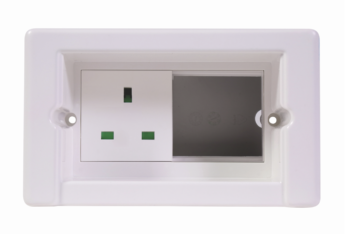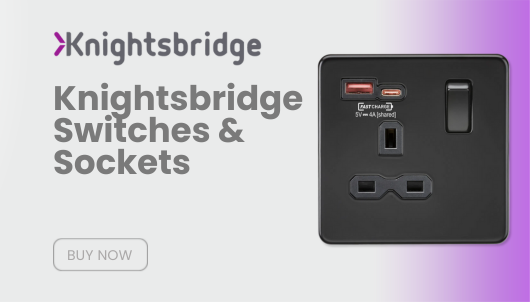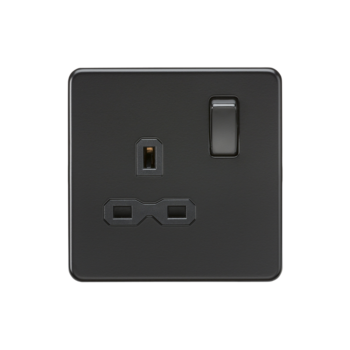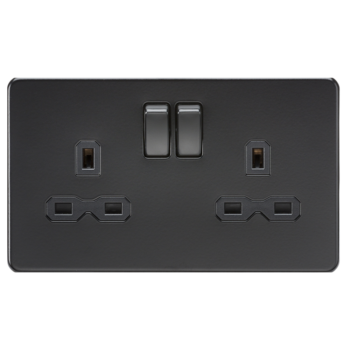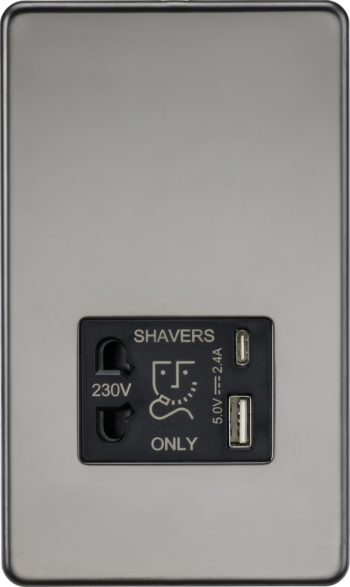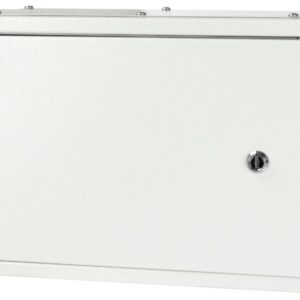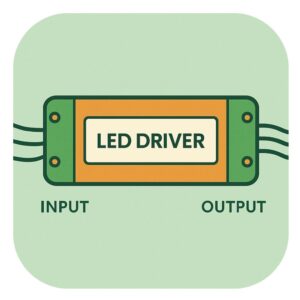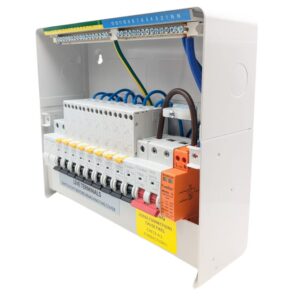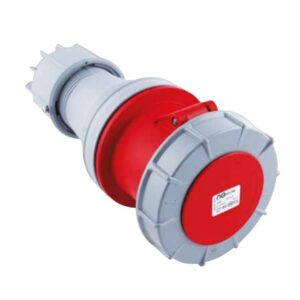RCD vs. RCBO: What’s the Difference and Which Should You Choose for Your Consumer Unit?
When upgrading or designing a consumer unit, a common question is: should you choose an RCD (Residual Current Device) or an RCBO (Residual Current Breaker with Overcurrent)? Both improve electrical safety, but they work differently. Understanding these differences will help you make the best choice for your installation.
What is an RCD?
An RCD detects earth faults by monitoring the flow of electricity. It trips the circuit when it senses an imbalance between the live and neutral wires, which could mean current leakage. This helps prevent electric shocks or fires. RCDs protect multiple circuits, but one fault can trip all connected circuits. This causes “nuisance tripping,” shutting down critical circuits like refrigeration along with non-essential ones.
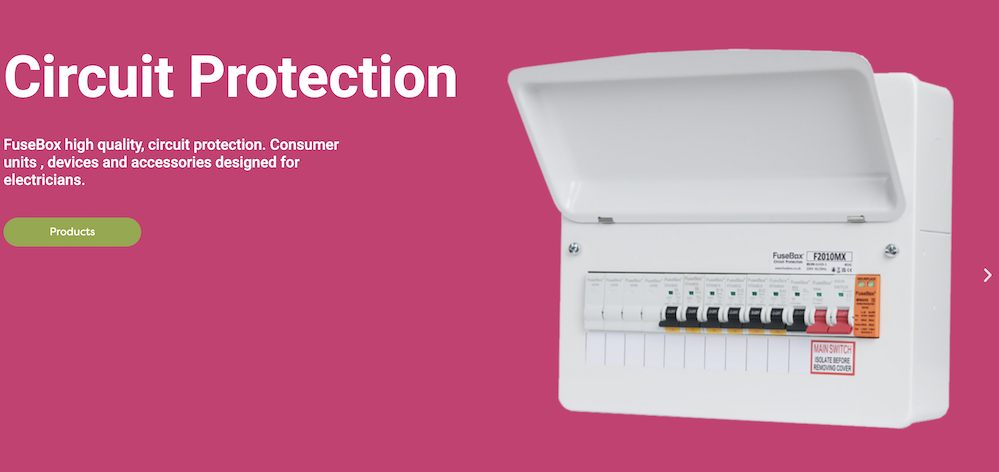
What is an RCBO?
An RCBO combines the functions of both an RCD and a circuit breaker. It detects earth faults and also provides protection against overloads and short circuits. This means RCBOs trip only the faulty circuit, leaving others unaffected. This setup prevents nuisance tripping and keeps the rest of the installation working smoothly.
Applications of RCDs
RCDs are common in older installations where cost matters most. They typically divide a consumer unit’s circuits between two or more RCDs. RCDs protect circuits in high-risk areas like kitchens or bathrooms. They are cost-effective but can cause multiple circuits to disconnect due to one fault.
Applications of RCBOs
RCBOs are often used in modern installations. They work best in homes and businesses that rely on uninterrupted power. This makes them great for properties with home offices or security systems. RCBOs prevent one fault from affecting an entire building and are especially useful for commercial settings.
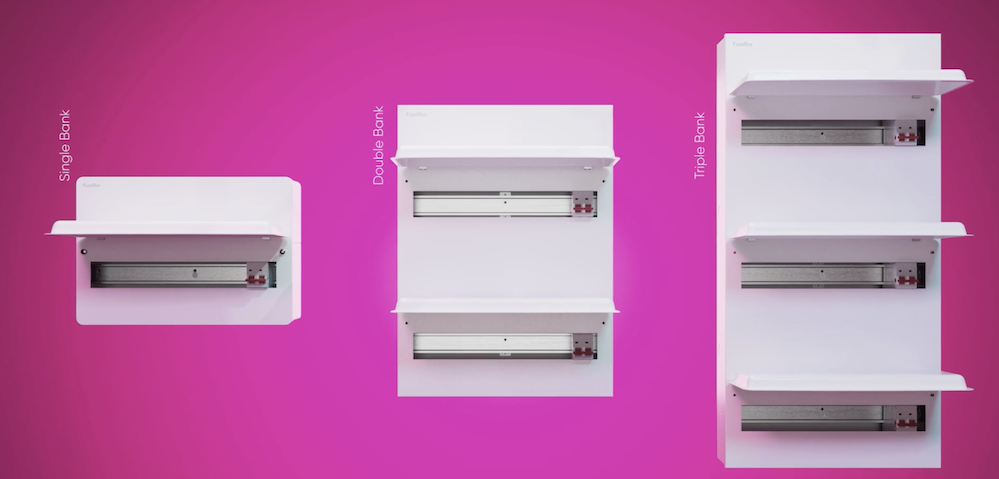
Which Should You Choose, RCD vs. RCBO Consumer Unit?
Consider these factors:
- Safety: Both devices protect against electrical faults, but RCBOs also prevent overloads.
- Cost: RCDs are cheaper and can protect multiple circuits. They are a solid option for those on a budget.
- Installation Size: RCBOs are better for large homes or installations with high electrical demands. They provide better control by protecting individual circuits.
- Convenience: If you want to avoid multiple circuits shutting down at once, choose RCBOs.
Popular Consumer Units on Electrical4Less
If you’re considering upgrading your consumer unit, here are some great options available at Electrical4Less:
- Fusebox Consumer Units – Known for their reliability and affordability, Fusebox consumer units are ideal for most domestic installations.
- Live Electrical Consumer Units – Live Electrical units are designed to meet 18th Edition compliance with a focus on robust protection and ease of installation.
- WCED Consumer Units – WCED offers compact and cost-effective consumer units that are perfect for small installations and retrofit projects.
- Hager Consumer Units – Hager is a trusted brand offering premium-quality consumer units suitable for high-demand installations.
Conclusion
Both RCDs and RCBOs improve electrical safety, but they serve different needs. If you want circuit-specific protection, RCBOs are the better option. If you’re on a budget and can manage occasional nuisance tripping, RCDs work well. Your final decision should depend on your specific installation and the level of protection you need.
Follow us on Instagram, Facebook, and our YouTube channel for updates and tips!”
Our latest posts:
- Compact Horizontal TP&N Distribution Boards – With 100A Main Switch & Type 2 SPD Options
- 🧱 Large PVC Cable Trunking by Dietzel Univolt – Key Sizes + Accessories
- How to Choose an LED Driver – Constant Voltage vs Constant Current Explained
- Most Popular FuseBox Consumer Units
- 🔌 Commando Sockets – The Ultimate Guide to Industrial Plugs and Sockets (IEC 60309)

